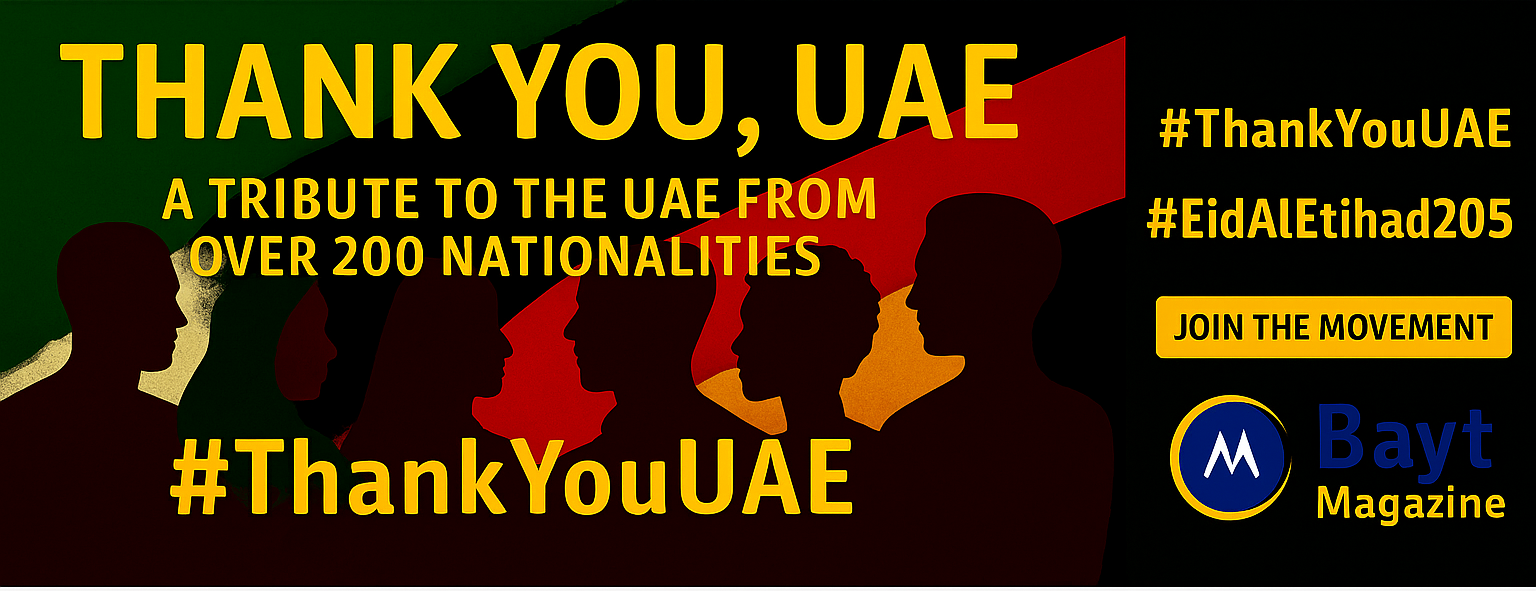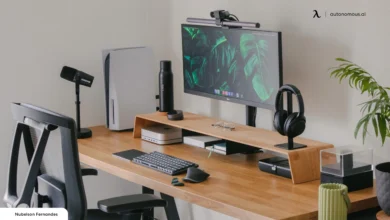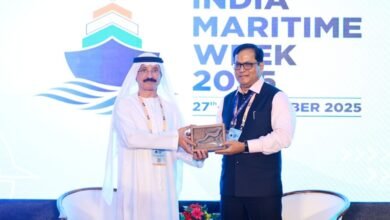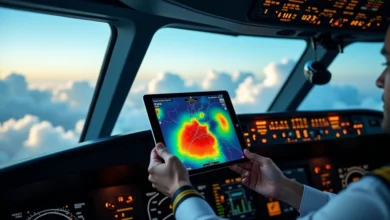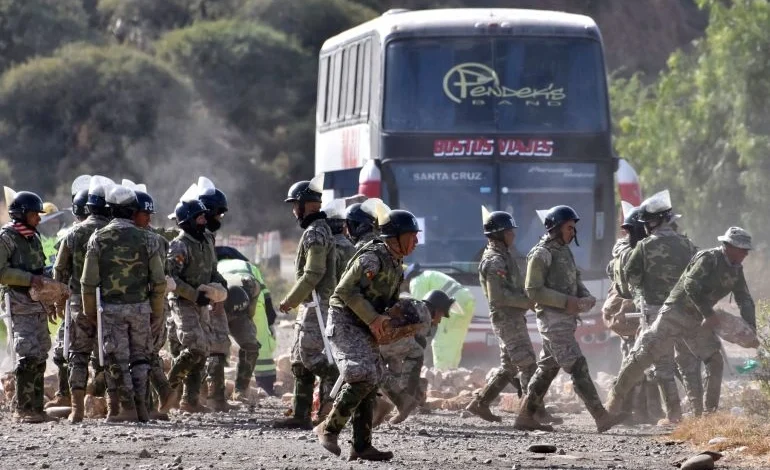
Bolivia Protests Escalate as Police Clash With Demonstrators
Deadly protests in Bolivia have claimed four lives, including three police officers and a firefighter. We witnessed escalating violence in rural areas where former President Evo Morales still has strong support. Justice Minister Cesar Siles confirmed that protesters shot some first responders during these confrontations.
Protesters have blocked major highways throughout the country as demonstrations in La Paz, Bolivia’s administrative capital, continue to grow. People are frustrated with the country’s struggling economy and Morales’s ban from the upcoming August 17 presidential election. These factors have sparked unrest that has spread to regions like Santa Cruz. Local media now reports that military tanks have moved into Llallagua, where today’s protests have reached a boiling point.
The 2024 protests have brought daily life and business to a standstill. “Nobody travels on these roads anymore, and nobody works normally,” a local restaurant owner said. The situation has become worse due to growing rifts within the Movement Toward Socialism (MAS) party that Morales once led.
Protesters clash with police in La Paz streets
Image Source: Al Jazeera
Bolivia faces escalating violence as protesters clash with police nationwide. The government has deployed military tanks to Llallagua, where the most intense fighting has taken place. Justice Minister Cesar Siles believes this goes beyond civilian protests. “We are talking about paramilitary groups, groups that carry weapons, and we have to respond firmly,” he said.
Llallagua, a mining town in Bolivia’s southwestern Potosi region, has witnessed brutal violence. Deputy Interior Minister Jhonny Aguilera reported a horrific incident where protesters killed officer Christian Calle. They “kidnapped him by a mob” and detonated dynamite they had placed in his body. Government Minister Roberto Rios spoke out against the “unacceptable levels of violence” toward police officers, who faced attackers “armed with big rifles”.
President Luis Arce took decisive action by ordering joint police and military operations to clear major highways. “The protesters’ goal is to encircle La Paz to force it into submission through hunger,” he stated as operations began. His administration later announced success in reopening highways that connect La Paz, Oruro, and Cochabamba.
The number of roadblocks across the country dropped from 29 to 21 by Wednesday, according to the national roads authority. Yet casualties continue to mount. Deputy Minister of Communication Gabriela Alcon reported about 30 police officers have sustained injuries since the week began.
The violence has hit hardest along the Cochabamba road axis, which serves as Bolivia’s main east-west route. Health Minister Maria Rene Castro confirmed two police officers suffered injuries in Parotani, with one hurt by “an explosive object”.
Police have used tear gas and water cannons to respond to protesters who throw stones and fireworks. We have a long way to go, but we can build on this progress as the government clears some roadblocks. The situation remains unstable as unrest spreads beyond La Paz, affecting vital transportation routes throughout Bolivia.
Why are Bolivians protesting now?
Image Source: Colombia One
Bolivia faces two major crises that sparked the latest wave of protests: a fierce political battle and an economy in trouble.
The political crisis centers on former President Evo Morales. Bolivia’s Constitutional Court ruled in December 2023 that no president can serve more than two terms. This decision blocks Morales from running for his fourth term in the August 17 presidential election. His supporters have responded with street protests, rallying behind the message “No elections without Evo”.
Rural areas show strong support for Morales, particularly among Indigenous communities. Protesters have set up roadblocks throughout the country. These blockades remain active in 21 locations across Cochabamba, Oruro, Potosi, and Santa Cruz regions.
The country’s economic troubles make matters worse. Bolivia’s international reserves have dropped to just one-tenth of what they were in 2014. The country now doesn’t deal very well with fuel shortages since it must import more than half its gasoline and 86 percent of its diesel.
Average Bolivians face mounting hardships:
- Chicken prices have doubled in recent months
- Medical supplies are harder to find and cost more
- People wait in long lines for basic goods and fuel
- Import restrictions have forced many small businesses to close
A recent March survey reveals that 89 percent of Bolivians want their country to move in a “very different direction.” Rising costs of living rank as their top worry. Economist Jose Luis Evia points out that “wages are deteriorating very strongly with rising inflation”.
These roadblocks have made the economic situation even worse. Rural development officials estimate that October’s blockades cost the country about 3.5 percent of its GDP.
The ruling Movement Toward Socialism (MAS) party has split between President Luis Arce and Morales. This division has stopped the government from tackling the economic crisis effectively. Critics say Arce’s reluctance to make fundamental changes has undermined Bolivia’s once-celebrated economic growth.
How is the government responding to the unrest?
Image Source: 巴士的報
The Bolivian government has taken a harder stance against protesters, with President Luis Arce’s administration now viewing them as armed militants rather than civilian demonstrators. Justice Minister Cesar Siles emphasized this shift after confirming that three police officers and one firefighter lost their lives. “We are talking about paramilitary groups, groups that carry weapons, and we have to respond firmly,” he stated.
The authorities launched a comprehensive crackdown on the unrest. Military tanks rolled into Llallagua, the epicenter of violent clashes. Security forces cleared barricades of stones and logs with bulldozers and tear gas, especially near crucial locations like the Parotani bridge.
Legal consequences followed swiftly. The attorney general opened a terrorism investigation against former President Evo Morales. Justice Minister Siles brought more charges against Morales that included “public incitement to crime and attacks on the security of public services.” The crackdown led to the arrest of 44 protesters who participated in the roadblocks.
President Arce pointed directly at Morales as the mastermind behind these demonstrations. He challenged his former ally in a speech: “You are going to launch a march in the coming days, which will become a national roadblock and end in a coup against a popular government.” The president demanded Morales and his supporters remove the road blockades or face the consequences of his “constitutional powers.”
The economic damage from these blockades has hit hundreds of millions of dollars. Food and fuel deliveries remain stuck throughout Bolivia’s nine regions. President Arce announced the successful reopening of highways connecting La Paz, Oruro, and Cochabamba, stating: “We once again ask that all the blockades be removed. Our government has always bet on dialog, but no dialog is possible as long as the economy of Bolivian families continues to be suffocated.”
Opposition leaders call the government’s response heavy-handed, yet Arce’s administration maintains these steps are essential to bring back order and economic stability to Bolivia.
Bolivia faces a deepening crisis as protests grow stronger across the country. The death toll now has three police officers and one firefighter, which shows how dangerous these political demonstrations have become. Two major problems remain unsolved: Evo Morales can’t run in the August election, and the country’s economy keeps getting worse.
Military forces under President Arce have cleared some roadblocks, but deep problems remain. Regular Bolivians struggle with high food prices, not enough medicine, and a lack of fuel. Roads might be reopening according to the government, but rural areas, especially those supporting Morales, keep putting up strategic roadblocks.
A split in the Movement Toward Socialism party makes solving these issues harder. Arce and Morales, once allies, have become political rivals. Each leader commands strong support across the country. Their political fight weakens the government’s ability to fix Bolivia’s economic problems.
Democratic stability hangs in the balance as August elections approach. Many protesters don’t trust the election process without Morales on the ballot. The government’s decision to label protesters as “paramilitary groups” instead of concerned citizens shows a tough stance that could make things worse.
Bolivia must make tough choices soon. Roadblocks hurt the economy more each day and affect everything from food to fuel distribution. Government officials need to keep order while fixing real economic problems. Protest leaders should think about whether their actions help or harm their communities.
The next few weeks will shape Bolivia’s future. Both sides must find middle ground or risk splitting the country further apart and damaging the economy more. The world watches this Andean nation as it deals with its worst political crisis since Morales left in 2019.


